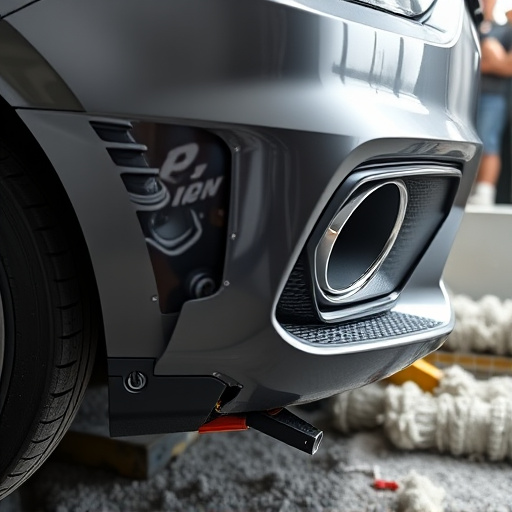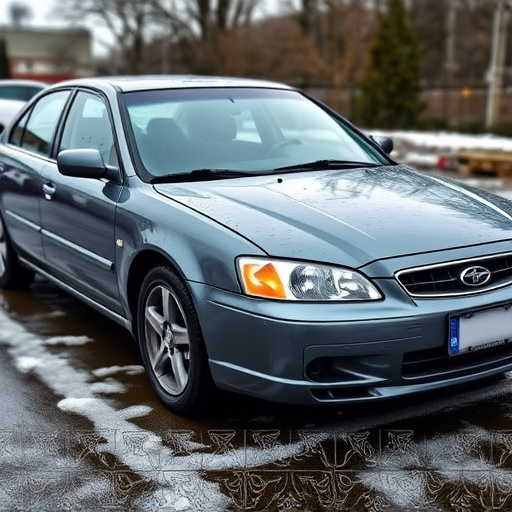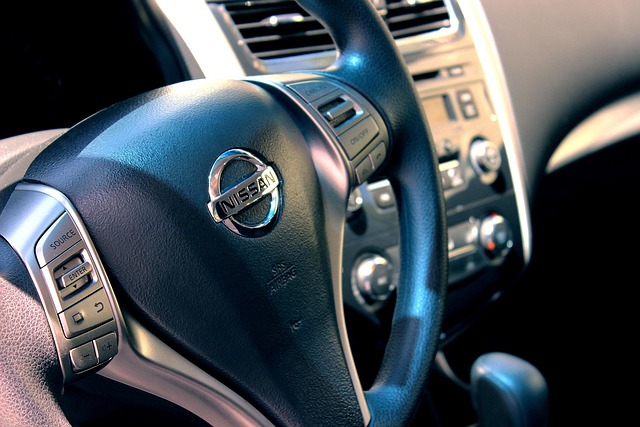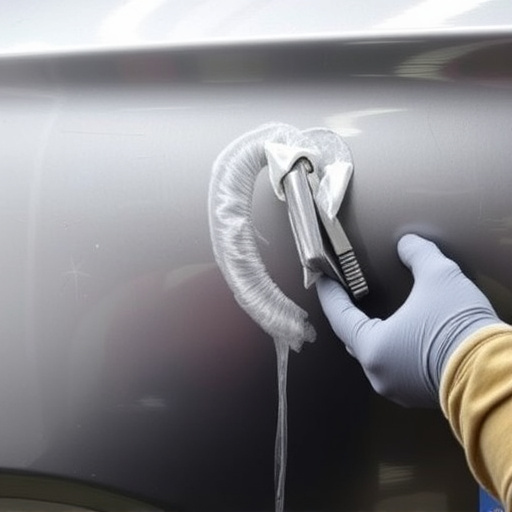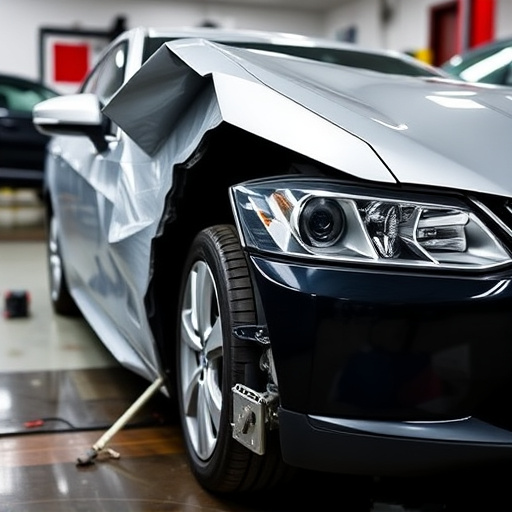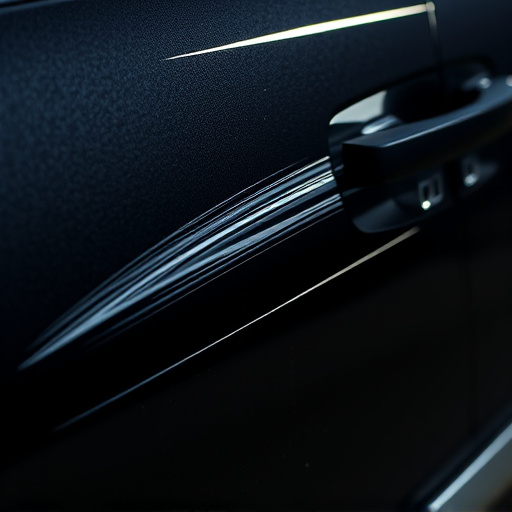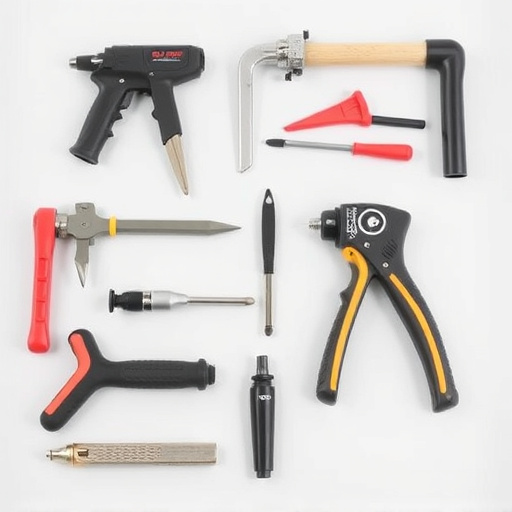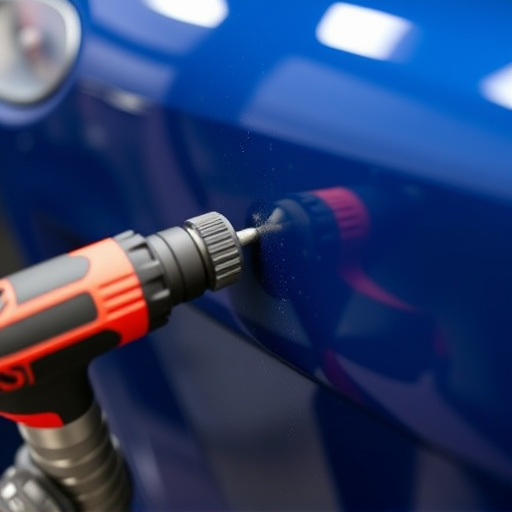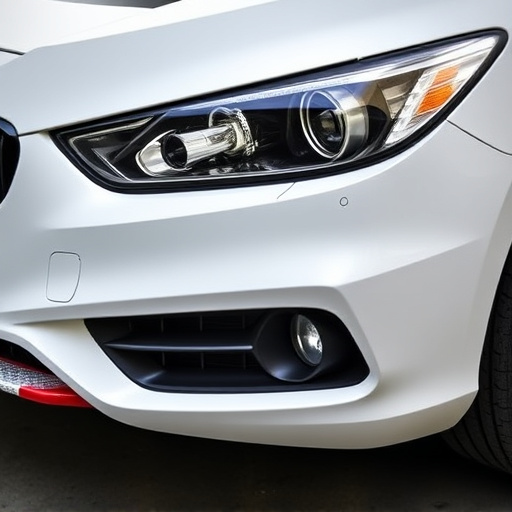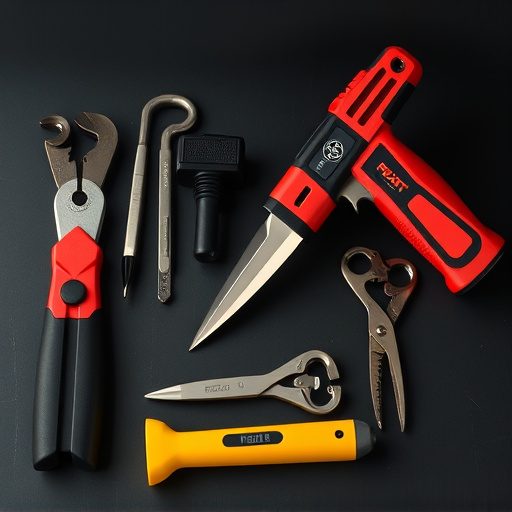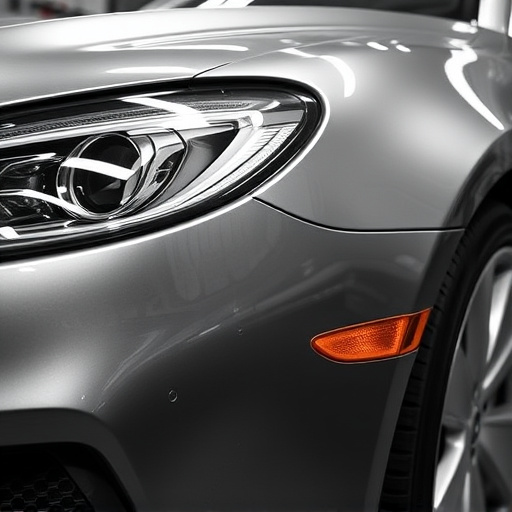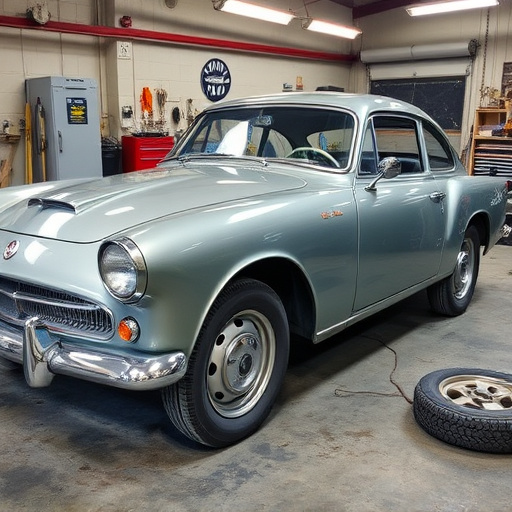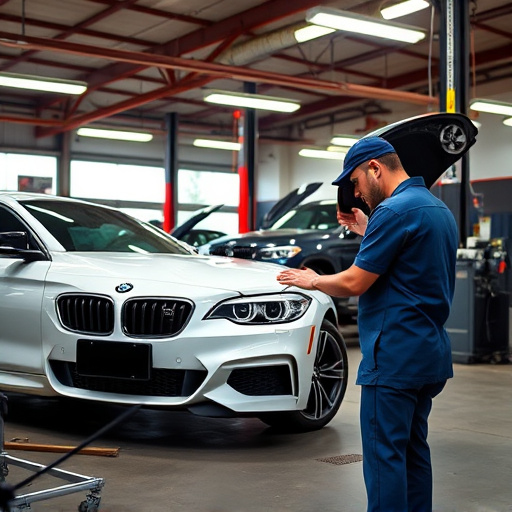Metal fabrication collision work involves transforming metal parts for diverse industries by understanding material properties and behaviors under pressure, such as deformation or hardening. Skilled technicians repair critical components like car bumpers, adhering to safety standards. Experience, knowledge of metal types, proficiency in CAD software, and expertise in reactions during fabrication ensure high-quality repairs, from structural integrity to aesthetic appeal, including auto glass replacement and intricate restoration.
In the realm of metal fabrication, collision work stands as a complex art demanding precision and expertise. While experience plays a pivotal role, it’s not the sole determinant of success. This article delves into the intricate world of metal fabrication collision, exploring foundational knowledge and beyond-experience factors crucial for adept execution. From understanding basic principles to identifying key contributors, we uncover strategies to maximize success in this specialized craft, ensuring optimal outcomes in every project.
- Understanding Metal Fabrication Collision Basics
- Key Factors Beyond Experience in Collision Work
- Maximizing Success Through Skilled Execution
Understanding Metal Fabrication Collision Basics
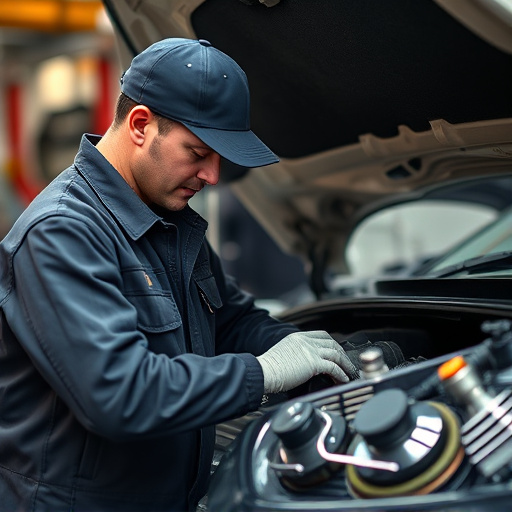
Metal fabrication collision work is a specialized process that involves shaping and forming metal components to create functional parts for various industries. At its core, it’s about understanding the unique properties of different metals and how they react under pressure. This involves knowing the basics of metal behavior during collision, such as how it deforms, hardens, or even fractures under impact. For instance, when a vehicle collides, the metal components undergo significant stress, requiring skilled technicians to know how to expertly repair and realign parts like bumpers, ensuring they meet safety standards for auto repair services.
Experience plays a pivotal role here as it equips fabricators with the knowledge to predict and control these reactions. Skilled professionals can identify suitable metals for specific applications, understand their limitations, and employ effective collision techniques—be it through pressing, stamping, or forming—to create precise parts. This expertise ensures high-quality outcomes in bumper repair and other metal fabrication tasks, making it a cornerstone of successful vehicle repair processes.
Key Factors Beyond Experience in Collision Work
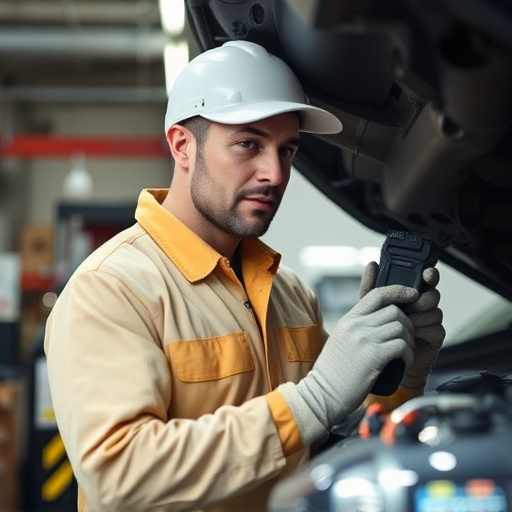
In metal fabrication collision work, while experience plays a pivotal role, it’s not the only determinant of success. A seasoned professional can still face challenges in complex cases involving intricate car bodywork or paintless dent repair. Several other factors contribute to achieving precise and high-quality outcomes.
For instance, a deep understanding of various metal types and their properties is essential for effective collision work. Knowing how different metals react during fabrication processes allows for better adjustment of techniques, ensuring strength and durability in repairs. Moreover, proficiency in using specialized tools and equipment tailored for metal fabrication collision is crucial. This includes mastering computer-aided design (CAD) software to create precise repair estimates and 3D models, enhancing efficiency and accuracy in the workshop.
Maximizing Success Through Skilled Execution
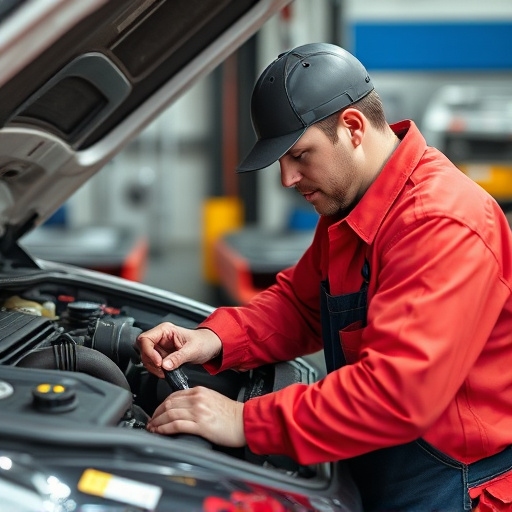
In the realm of metal fabrication collision work, skilled execution is the linchpin between success and failure. Every step, from initial assessment to final assembly, requires a delicate balance of precision, knowledge, and experience. Unskilled hands can lead to misaligned panels, compromised structural integrity, or even unsafe vehicles. Conversely, seasoned professionals understand the subtle nuances of metal behavior, enabling them to make split-second adjustments during complex repairs. This expert execution ensures that every car body shop emerges with not just functional, but also aesthetically pleasing results, mirroring the original craft in what is often a delicate dance of restoration and replacement, such as when undertaking auto glass replacement or intricate car restoration tasks.
The art of metal fabrication collision work transcends mere technical proficiency; it demands an understanding of the material’s properties and behavior under varying conditions. Skilled artisans recognize the importance of factors like temperature, pressure, and tool selection in shaping metal without compromise. This knowledge, honed through years of experience, allows them to navigate challenging projects, from restoring vintage vehicles to handling modern auto glass replacement with equal aplomb. In a car body shop, where precision meets creativity, skilled execution is the secret sauce that turns raw materials into masterpieces on wheels.
In the realm of metal fabrication collision work, while experience is undeniably valuable, it’s not the sole determinant of success. Understanding the fundamentals and recognizing key factors beyond sheer expertise are essential. Skilled execution, combined with a nuanced approach that considers material properties, design intricacies, and precise techniques, ensures optimal outcomes. By integrating these elements, metal fabricators can elevate their collision work to new heights, demonstrating mastery in this intricate process.

